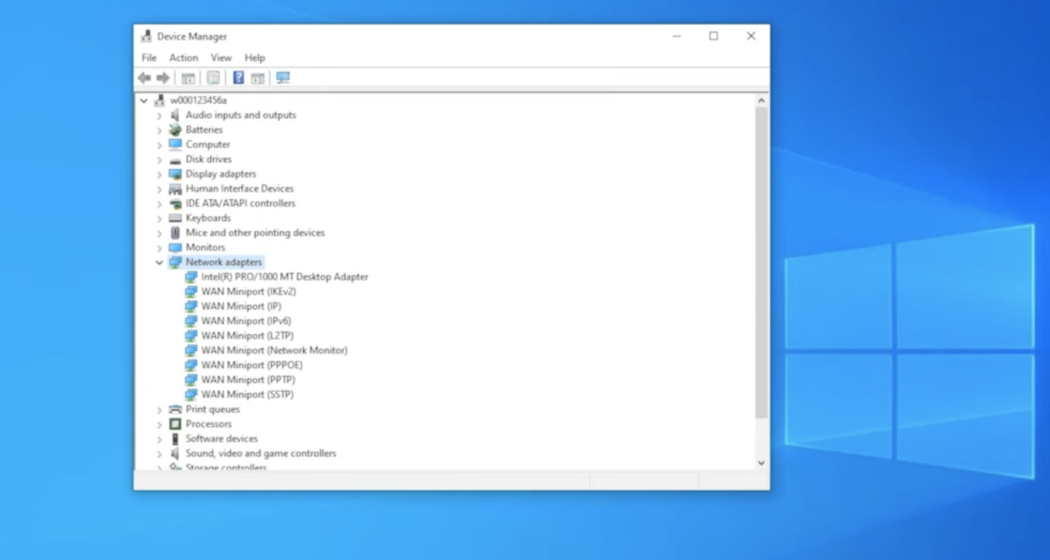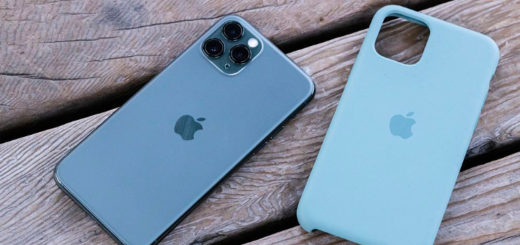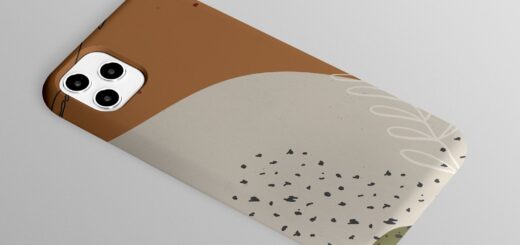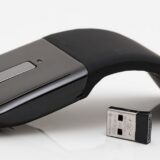Checking If Your Motherboard Supports Bluetooth: Quick Guide
In the realm of computer connectivity, having Bluetooth capability brings forth a host of conveniences. Through this wireless technology, a computer can effortlessly link up with various devices, enhancing the user experience without the entanglement of cables.
Enabling Bluetooth on a computer grants the user the ability to establish connections with headphones for music streaming, mobile phones for seamless file transfers, and a variety of computer peripherals such as printers and scanners, all minus the hassle of cables. Yet, these functionalities hinge solely on the presence of Bluetooth compatibility within the computer’s hardware.
However, the question arises: How does one determine whether their motherboard or computer features built-in Bluetooth? An alternative exists in the form of Bluetooth adapters, which can equip a non-Bluetooth computer with this functionality. Still, one should exercise caution before investing in adapters, as knowledge about the computer and its motherboard features is paramount. Herein lies a compendium of strategies for identifying whether your computer harbors innate Bluetooth capabilities, ensuring a comprehensive understanding of the landscape.

Look at strategies for Identifying Built-in Bluetooth.
Method 1: Visual Clues on the Motherboard Cover
When contemplating a desktop computer upgrade that involves a new motherboard, attentive inspection is key. Reputable motherboard manufacturers often adorn their products’ casing with distinguished features, including the Bluetooth logo and corresponding version. This visual cue can confirm the presence of Bluetooth. In cases where this insignia is absent, further investigation is advised.
Method 2: Examining the CPU Case for Bluetooth Adapter
For those curious about an unfamiliar computer’s Bluetooth status, a swift glance at the CPU can provide insights. If the computer’s motherboard lacks inherent Bluetooth compatibility, the CPU might host a separate Bluetooth adapter. The nuances of these adapters, whether Bluetooth or Wi-Fi, are discernible upon visual examination, albeit with distinct functionalities.
Method 3: Utilizing the Notification Panel
Within the Windows ecosystem, the notification panel serves as an informant on available features. Exploring this interface by clicking the notification icon reveals the presence or absence of the Bluetooth icon. This binary outcome, whether the icon is found or not, serves as a diagnostic tool for discerning the computer’s Bluetooth constitution.
Method 4: Windows Settings as a Beacon
Navigating through Windows settings unveils the Bluetooth option if the motherboard’s architecture accommodates it. This journey entails delving into the settings menu, specifically “Devices,” and activating the Bluetooth toggle if it’s present. The absence of this option signals the lack of native Bluetooth support.
Method 5: Unveiling the Truth from the Device Manager
Unveiling the Bluetooth truth lies within the labyrinthine expanse of the device manager. Initiated through a search in the Windows bar, the device manager app discloses Bluetooth’s presence. This revelation manifests through the visual existence of the Bluetooth feature, granting users access to a realm of potential connections.
The Rationale Behind the Absence of Bluetooth
The absence of Bluetooth functionality can be traced back to the motherboard’s manufacturer. Budget constraints often steer motherboard designs toward cost-efficient solutions, potentially excluding Bluetooth integration. However, this limitation can be surmounted by procuring an adapter, affording users the ability to infuse their computers with Bluetooth capabilities. Notably, high-end motherboards increasingly incorporate Bluetooth and Wi-Fi features, reflecting the growing necessity for these technologies.
The Limitations of Mobile Devices as Bluetooth Adapters
Despite the ubiquity of mobile devices, their role as Bluetooth adapters is limited. They can serve as conduits for Bluetooth connectivity, but only when the computer hosts built-in Bluetooth or employs an adapter. Harnessing Bluetooth tethering, mobile data sharing becomes possible, effectively circumventing the creation of a dedicated Bluetooth network. Nonetheless, the ideal approach remains securing a computer equipped with built-in Bluetooth functionality or obtaining an affordable adapter to unlock the myriad possibilities of this wireless technology.
Conclusion: Embracing the Wireless Future
In the intricate tapestry of computer connectivity, the presence or absence of built-in Bluetooth capabilities shapes the user experience in profound ways. Unveiling this hidden feature involves a journey through motherboard casings, CPU cases, Windows interfaces, settings menus, and device managers. Each method presents a unique lens through which users can discern the technology that lies beneath the surface.
- The enigma of Bluetooth absence finds its roots in the pragmatic decisions of motherboard manufacturers. Economic considerations sometimes result in the omission of Bluetooth features, leaving users with the choice to bridge the gap through affordable adapters. However, as technology marches forward, the integration of Bluetooth and Wi-Fi functionalities into high-end motherboards becomes increasingly common, heralding a future where these wireless connections are virtually ubiquitous.
- While mobile devices can play a supportive role in Bluetooth connectivity, their limitations emphasize the value of dedicated Bluetooth features within computers. The convenience, efficiency, and versatility that Bluetooth integration brings to the computing experience are unparalleled.
As technology continues its inexorable advancement, the pursuit of seamless connectivity remains at the forefront. The ability to share data, stream music, and engage with an array of devices without the constraints of wires enhances productivity and enjoyment alike. Whether through embedded Bluetooth technology, judiciously chosen adapters, or the amalgamation of both, users can look forward to a wireless future that empowers and enriches their digital lives.




















